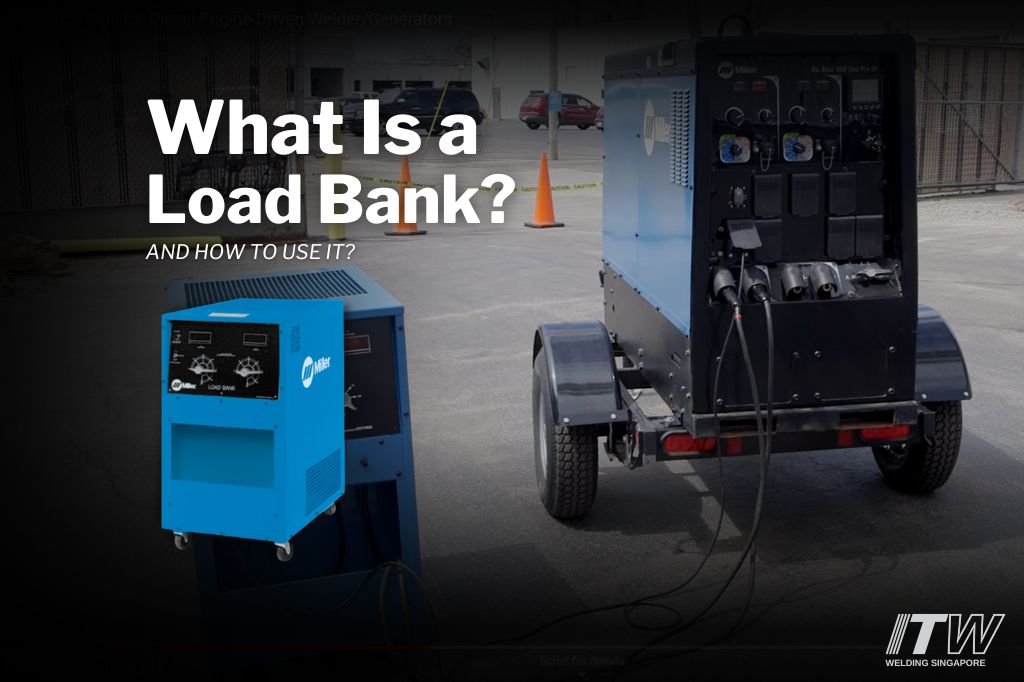
What Is a Load Bank?
A load bank is a tool made up of resistor coils that can replace the welding arc as a load. The load bank provides an easy method to test the rated output of almost any welding machine.
What Is a Load Bank Used For?
There are three main reasons why you should use a load bank:
- To diagnose problems in the welding machine that may only be evident under a high load.
- To verify waveform and to ensure that the welding machine is delivering a proper output as per its design.
- To break-in diesel engine-driven welding machines. This is necessary to prevent wet stacking, which may occur when piston rings are not seated properly.
How to Use a Load Bank to Test a Welding Machine’s Rated Output?
Here are six key steps that you should follow:
- Make sure the welding machine is switched off. This includes its output contactor switch.
- Connect the leads from load bank to the welding machine’s output studs.
- Plug the load bank into 120 Volt outlet and turn on the fan motor switch.
- As a starting point, set the load bank to 100 Amps more than what the welding machine is rated for.
- Turn on the welding machine, including its output contactor switch. Adjust the welding machine to its rated output. Readjust the load bank, if necessary. The welding machine should be able to hold its rated output at its specified duty cycle.
- Once the test is complete, turn off the contactor switch on the welding machine first, before turning off the load bank.
Precautionary Measures to Take When Operating a Load Bank
Here are five tips to ensure you operate the load bank successfully:
- High frequency can damage the meters on the load bank. Turn off devices that produce high frequency before operating the load bank.
- Ensure that the load switches are set higher than the measured current of the welding machine.
- Always use proper cables sizes to avoid overheating the cables of the load bank.
- After operating the load bank, allow a cool down period for the load bank and welding machine before turning off the equipment.
- Switch off the welding machine’s output contactor before turning the load bank on or off. If the welding machine has no output contactor, turn the output on the welding machine to a minimum before turning the load bank on or off.
Don’t underestimate the usefulness of a load bank for maintaining, servicing, and testing welding machines, as well as for the “breaking-in” of diesel engine-driven welding machines. If you want to have a further discussion, reach out to us at SGOffice@MillerWelds.com